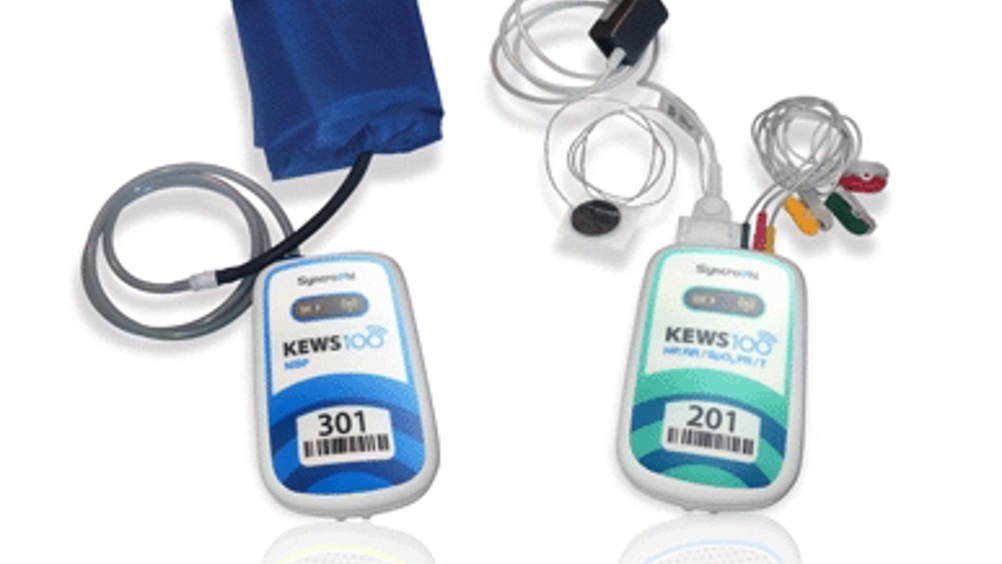Wearable device provides continuous patient monitoring
A wearable medical device developed by a company in Ireland is expected to enhance patient monitoring and well being, help nurses work more efficiently, and simplify hospital ward management.

Dubbed KEWS100, the iPhone sized sensor is capable of continuously monitoring heart-rate, respiration rate, pulse oximetry, temperature, and blood pressure. In use, the system interfaces with a centralised nurses station so that clinicians can observe and monitor patients.
In August 2013 Galway-based Syncrophi Systems received €1m of equity investment to bring the wireless patient monitoring system to market.
Chartered engineer and Syncrophi CEO David Toohey explained that continuous monitoring gives patients the freedom to leave their bedsides and get relatively undisturbed sleep as there is less requirement for nurses to wake patients for routine observations.
The system contains a tracking capability so patients who show signs of deterioration whilst away from their beds are easily discoverable. Operating on 2.4Ghz and 5GHz bands and working for up to three days on a single charge, the system uses gateways deployed throughout areas of the hospital where the patient is free to move while being continuously monitored.
Register now to continue reading
Thanks for visiting The Engineer. You’ve now reached your monthly limit of news stories. Register for free to unlock unlimited access to all of our news coverage, as well as premium content including opinion, in-depth features and special reports.
Benefits of registering
-
In-depth insights and coverage of key emerging trends
-
Unrestricted access to special reports throughout the year
-
Daily technology news delivered straight to your inbox










Water Sector Talent Exodus Could Cripple The Sector
Maybe if things are essential for the running of a country and we want to pay a fair price we should be running these utilities on a not for profit...